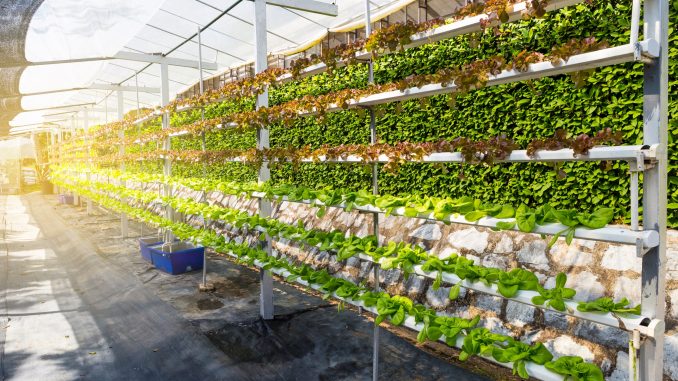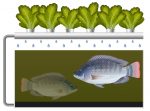
Hydroponics is a method of growing plants in a soil-free environment using nutrient-rich water. This method of cultivation has been in use for centuries, with the earliest known example being the Hanging Gardens of Babylon, which were constructed over 2,500 years ago. However, the modern development of hydroponics as a science dates back to the 19th century, with the work of German botanist Julius von Sachs, who first demonstrated that plants could be grown without soil.
Hydroponics systems are widely used in commercial agriculture today, and they are also increasingly popular with hobbyists and home gardeners. This is due to the many benefits that hydroponics offers over traditional soil-based growing methods, such as greater control over growing conditions, increased efficiency, and reduced environmental impact.
One of the key advantages of hydroponics is that it allows for precise control over the growing environment. This includes factors such as temperature, humidity, and nutrient levels. Because hydroponic plants are grown in a water-based solution, growers can adjust the nutrient levels to ensure that plants receive exactly what they need for optimal growth. This can result in faster growth rates and higher yields than traditional soil-based farming methods.
Another benefit of hydroponics is that it is a very efficient method of cultivation. Unlike traditional farming methods, which rely on large amounts of water and space, hydroponics can produce more food in less space and using less water. This is because hydroponic systems recycle water and nutrients, meaning that less water is required overall. In addition, hydroponic systems can be designed to maximize the use of vertical space, which is especially useful in urban environments where land is limited. The approach to this type of farming is evident in the production of microgreens. and in areas of agricultural biofortification.
One of the challenges of traditional farming is that it often requires the use of pesticides and herbicides to protect crops from pests and weeds. However, because hydroponic plants are grown in a controlled environment, it is possible to reduce or eliminate the need for these chemicals altogether. This makes hydroponics a more environmentally sustainable method of farming than traditional agriculture.
There are several different types of hydroponic systems, each of which has its own unique advantages and disadvantages. One common type of system is the deep water culture (DWC) system, which involves suspending plant roots in a nutrient-rich water solution. Another type of system is the nutrient film technique (NFT) system, which involves circulating a thin film of nutrient solution over the roots of plants. Other types of hydroponic systems include drip irrigation, ebb and flow systems, and aeroponics.
Although hydroponics offers many benefits, there are also some challenges associated with this method of cultivation. One of the main challenges is that hydroponic systems require a higher initial investment than traditional soil-based farming methods. This is because hydroponic systems require specialized equipment, such as pumps, grow lights, and nutrient solutions. In addition, hydroponic systems require a certain level of expertise to set up and maintain, which can be a barrier for some growers.
Another challenge of hydroponics is that it requires a reliable source of electricity and water. This can be a challenge in some parts of the world, where access to these resources may be limited. In addition, hydroponic systems are vulnerable to power outages and other disruptions, which can be catastrophic for crops.
Despite these challenges, hydroponics is a rapidly growing field, and it has the potential to revolutionize the way we produce food. As more and more people around the world adopt hydroponic systems, it is likely that we will continue to see innovations and advancements in this field, which will make hydroponics an even more attractive option for growers of all kinds.


Leave a Reply